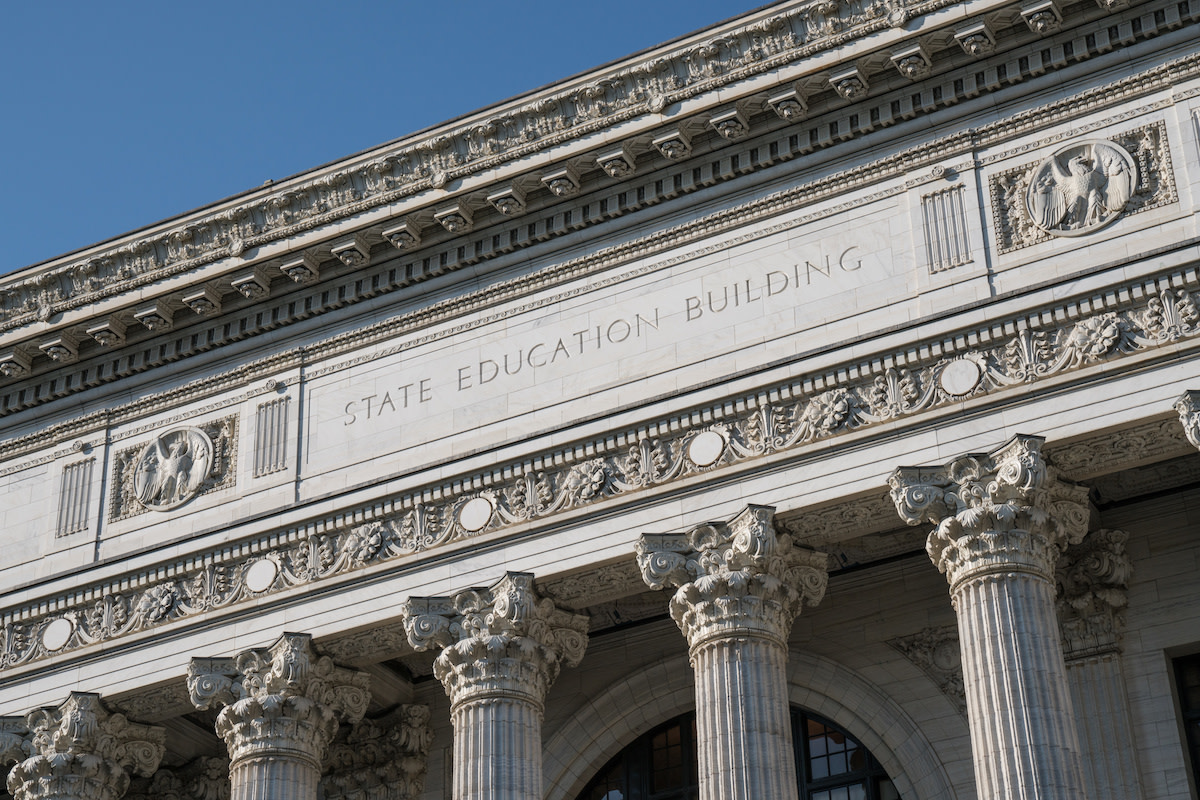Government 101: What Does the Secretary of Education Do?
Written by MasterClass
Last updated: Sep 12, 2022 • 4 min read
The US secretary of education is a cabinet-level officer who manages the US Department of Education and helps set national education policy within the nation.
Learn From the Best
What Is a Secretary of Education?
The secretary of education is a government official who manages education funding and policies. The president nominates the secretary of education, who is then traditionally sworn into office by the vice president.
On a federal level, the secretary of education is the chief executive of the US Department of Education, which is based in Washington, DC, but coordinates with public school districts and universities nationwide. Due to the United States's federalist system of government—where states and local municipalities have wide latitude over many laws—education policy is often set at the state or county level. As a result, the secretary of education's main influence over primary, secondary, and higher education is through federal funding.
Many secretaries of education have a background in public education. This includes Arne Duncan (secretary during the Obama administration), who had been CEO of Chicago Public Schools, and Miguel Cardona (President Joe Biden's education secretary), who had previously been commissioner of the Connecticut public school system. Other secretaries have come from the political world, such as Betsy DeVos, a former chair of the Michigan Republican Party, who helmed the Education Department under President Donald Trump. Other recent education secretaries include Rod Paige (who served under George W. Bush) and Richard Riley (who served under Bill Clinton). The role is fifteenth in the line of presidential succession.
A Brief History of the Secretary of Education
The US Department of Education (DOE) has existed since 1867 when President Andrew Johnson established the agency.
- Early days of the DOE: The department was not initially a cabinet-level agency, and was later absorbed by the Department of the Interior. In 1939, the new Federal Security Agency (FSA) was established outside the Department of the Interior and was later renamed the Department of Education.
- A new name: President Dwight Eisenhower finally elevated the agency to cabinet-level status by creating the Department of Health, Education and Welfare (HEW).
- Defending education: Beginning in 1958, the Education Department administered the National Defense Education Act (NDEA), which provided federal loans to college students. The act also strengthened emphasis on science and math, vocational and technical training, graduate-level fellowships, and increased foreign language education. All of these missions emphasized Congress's desire to make gains in the Cold War with the Soviet Union.
- Contemporary Department of Education: In 1979, Congress and President Jimmy Carter created the modern-day Department of Education, selecting Shirley Hufstedler as the first contemporary Secretary of Education. The federal government agency gathers information on schools across the country, handles federal assistance related to education, and implements federal education laws that deal with civil rights and privacy.
What Does the Secretary of Education Do?
Traditionally, education in the United States has been managed at state and local levels. At the federal level, the secretary of education leads the funding of various initiatives in primary education, secondary education, and higher education. The secretary of education’s duties include:
- Establishing standards: The secretary of education can seek to establish national standards via the Office of Elementary and Secondary Education, which features nine targeted programs. A program known as Common Core was established in 2009 to set nationwide standards across traditional public schools, charter schools, and private schools.
- Assessing student achievement: At various points, secretaries of education have launched initiatives to test student achievement via standardized testing. The No Child Left Behind Act, passed in 2001, adjusted federal law so that funding was tied to student performance on national standardized tests. The Every Student Succeeds Act of 2015 replaced the 2001 law.
- Distributing financial aid: Federal student aid makes higher education affordable for many low-income students. The department's office of Federal Student Aid (FSA) helps distribute student loans, Pell Grants, and other forms of financial assistance to improve equal access to education. Some education secretaries have proposed that the department provide vouchers for public school students to attend private school, but such vouchers have not attained the approval of Congress.
- Enforcing federal law: The secretary of education must enforce laws pertaining to education, such as Title IX of the Education Amendments of 1972, which prohibits gender-based discrimination at any school that receives federal funds. This includes protecting victims of sexual assault on college campuses. The secretary must also enforce Title I of the 1965 Elementary and Secondary Education Act, which requires equity for low-income students or students with special education needs.
- Vocational education: The secretary of education helps provide funding and national standards for vocational education, post-secondary education, community colleges, rural education, adult education, and technical training via the Office of Vocational and Adult Education (OVAE).
- Communicating with the public: In coordination with the president, the secretary of education can use the bully pulpit of the White House to speak directly to educators, parents, and students throughout the country.
Learn More
Get the MasterClass Annual Membership for exclusive access to video lessons taught by the world’s best, including Paul Krugman, David Axelrod, Doris Kearns Goodwin, Karl Rove, Jane Goodall, and more.
